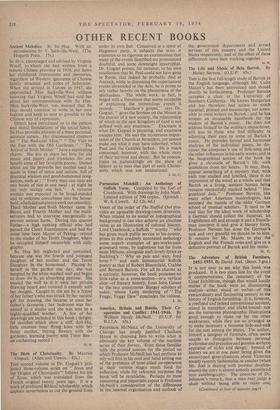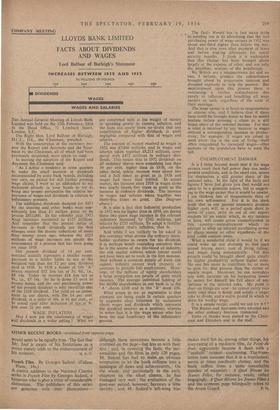IT is not easy to see why this book was
produced. It is two years late for the event it commemorates, the centenary of the Great Exhibition, though that would hardly matter if the book were an illuminating analysis—either visual or verbal—of this extraordinary and fascinating century in the history of English furnishing. It is, however, a confused and indeed conventional account, mixed in metaphor and cliche-bound: nor are the numerous photographic illustrations good enough to make up for the other weaknesses, while they are so arranged as to make necessary a tiresome hide-and-seek for the text among the plates. The author, himself a designer of furniture, often seems unable to distinguish between personal preference and prejudice and genuine aesthetic appraisal of styles and design: Instead of history we are at one point being given the stereotyped generalisations about Victorian society recently fashionable, at another (when Mr. Joel is dealing with postwar develop- ments) the story is almost entirely assimilated into autobiography. The converse of Dr. Johnson's remark, that a man may judge a chair without being able to make one,



































 Previous page
Previous page